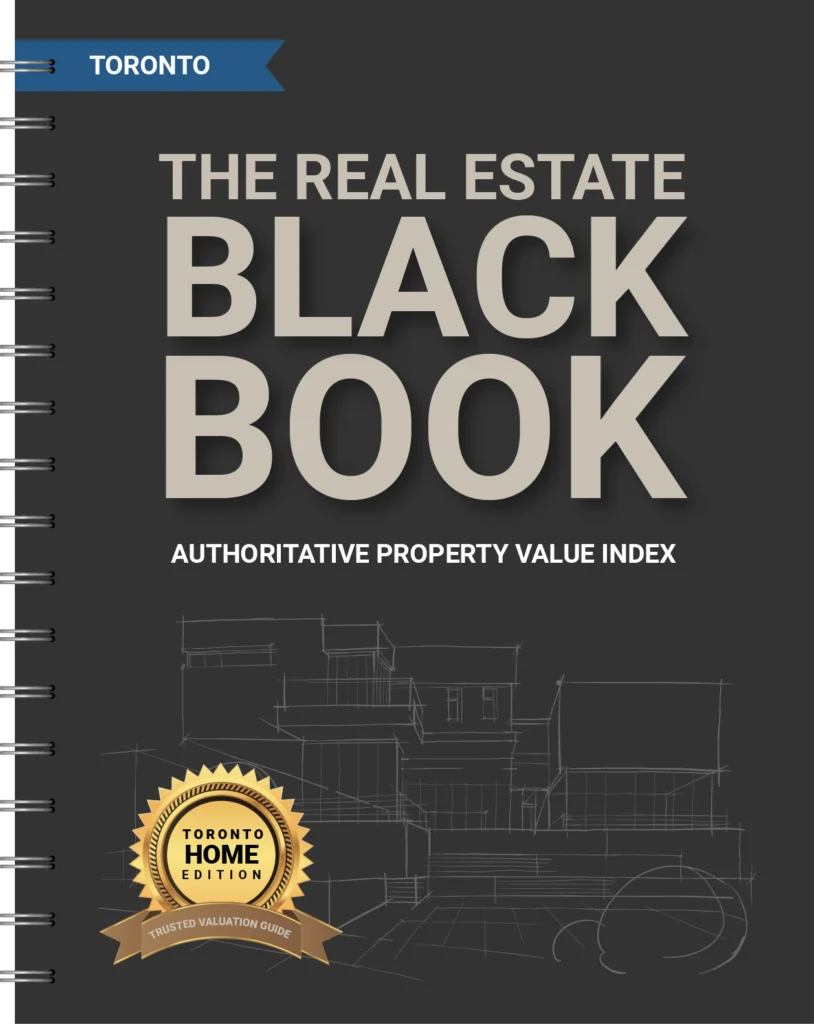The Toronto condo slump began when benchmark condo prices in the Greater Toronto Area (GTA) peaked in April 2022 and have since experienced a sustained decline, with the average selling price for a condo apartment reaching approximately $683,413 – $702,389 in May 2025, per TRREB Market Watch and supporting sources. This represents one of the longest correction periods since the initial pandemic shock of 2020–21.
The Toronto Condo Slump: Drivers of Falling Prices
Several factors have contributed to the Toronto condo slump:
-
Slack demand among first-time buyers and investors: High borrowing costs have reduced affordability, deterring speculative purchases.
-
Shift towards ground-oriented homes: Buyers prioritize private outdoor space and larger layouts, favouring townhomes and houses.
-
Pandemic-era overbuilding: A surge of new condominium completions has outpaced demand, creating excess inventory.
-
Economic uncertainty and population slowdown: Slower immigration growth and economic headwinds have suppressed demand.
These pressures have eroded price resilience, prolonging the market downturn.
Inventory Surge Amid the Toronto Condo Slump
Rising Listings vs. Slowing Sales
Active condo listings in the GTA reached 30,964 units in May 2025, well above the long-term average. Monthly condo sales dropped 24% year-over-year in May 2025, significantly below pre-pandemic levels. Expanding inventory has given buyers greater negotiation leverage, nearly doubling average days on market and increasing price reductions.
Buyer Behaviour Shifts
Buyers now prioritize:
-
Completed projects with immediate occupancy: Reducing risks tied to construction delays.
-
Larger floor plans and balconies: Supporting hybrid work and lifestyle preferences.
-
Suburban and mid-town locales: Offering better value and space compared to downtown towers.
These preferences have left many downtown condo projects facing unsold units and downward price pressure.
The Toronto Condo Slump: Construction Starts at a Recent Low
Data on New Condo Break-Grounds
New condominium construction starts in the Greater Toronto and Hamilton Area (GTHA) fell to 2,361 units in Q1 2024, reflecting a significant decline from prior years. Over the four quarters ending Q1 2024, starts were down 67% year-over-year.
Reasons for the Construction Downturn
Several factors have slowed development:
-
Financing challenges: High interest rates and strict lending standards complicate project funding.
-
Municipal approval delays: Lengthy zoning processes increase holding costs and uncertainty.
-
Labour and materials shortages: Rising construction costs have squeezed developer margins.
Many proposed towers remain on hold or cancelled.
Long-Term Impacts of the Toronto Condo Slump
Potential Supply Crunch
With completions (~10,916–12,132 units in late 2024) outpacing new starts (2,361 in Q1 2024), Toronto faces a potential pipeline depletion. If construction does not rebound, the market may undersupply long-term housing demand as economic and demographic conditions improve.
Impact on Affordability
A future supply shortage could reverse price declines, reducing affordability for first-time buyers. Rising rental demand may also increase rents if investor interest returns.
What Buyers and Investors Should Do Now
To navigate the market:
-
Prioritize completed or near-complete buildings to mitigate delay risks.
-
Verify deposit protections under the Ontario Condominium Act.
-
Negotiate incentives like upgrades, parking, or lockers.
-
Lock in mortgage pre-approvals to guard against rate hikes.
These strategies capitalize on softer prices while managing risks.
What Sellers and Developers Should Consider
To adapt to the slump:
-
Price realistically to avoid stale listings and larger concessions.
-
Stage suites to highlight functionality and outdoor space.
-
Offer limited-time incentives like condo fee coverage or closing-cost credits.
-
Streamline project plans to improve feasibility amid rising costs and delays.
These tactics help maintain market traction.
Conclusion
The Toronto condo slump, marked by sustained price declines since April 2022 and low construction starts, offers buyers negotiation opportunities but challenges sellers and developers. A dwindling pipeline foreshadows potential supply constraints, which could tighten affordability. Staying informed and working with experienced professionals is key to navigating today’s market and preparing for future shifts.



